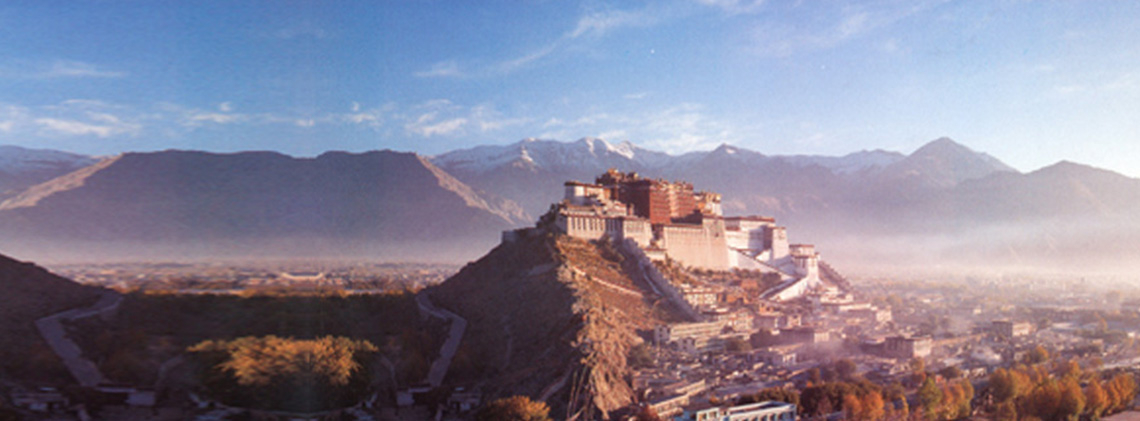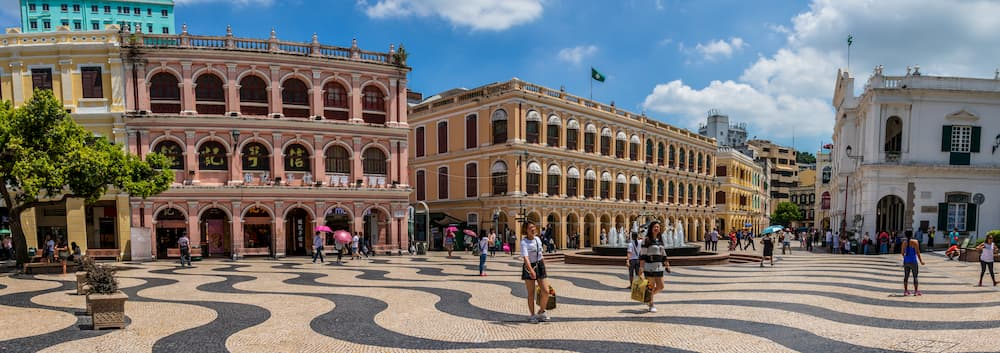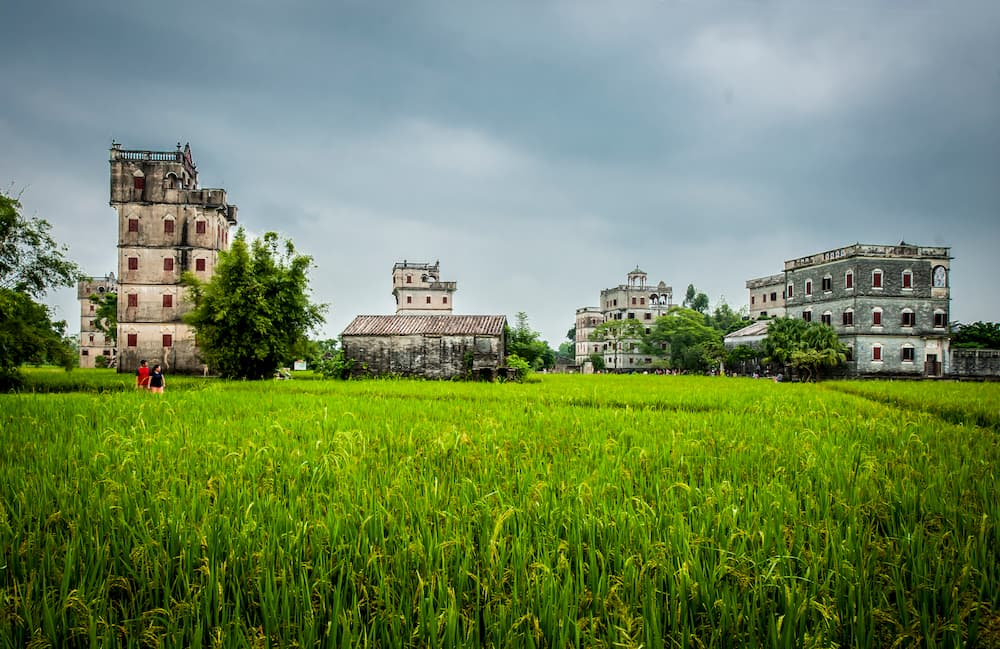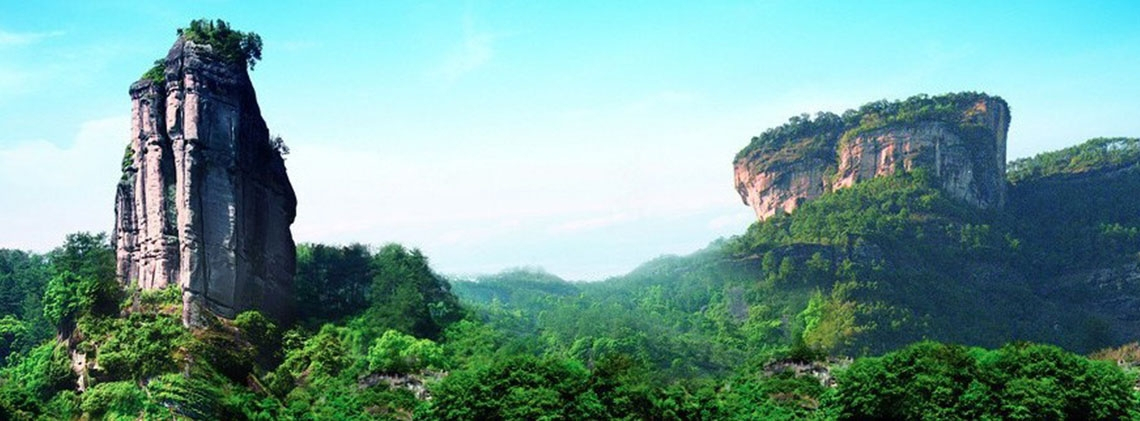
Potala Palace and Jokhang Temple
Splendid
Chi Culture
Topic
Potala Palace and Jokhang Temple
The Potala Palace and the Jokhang Temple are situated on the Red Mountain (Marpo Ri), 3,700 meters above sea-level at the center of the Lhasa valley. The two complexes serve administrative, religious, and political functions. In 1994, they were inscribed on the World Heritage List by the United Nations Educational, Scientific and Cultural Organization.
The Potala Palace is typical of Dzong architecture in the Tibetan region. Based on the artistic style of Tibetan architecture, the palace was ingeniously designed and constructed to take advantage of the mountain slopes. The White Palace (Potrang Karpo), the Red Palace (Potrang Marpo), the deyangshar-type courtyard, along with the corner viewing towers, and the monks living space comprise the main part of the building, which was gradually constructed using stone and timber. Ochre-colored Chinese tamarisks on the outer walls soften the plainness of stones. The golden hip-and-gable roof, gleaming magnificently under the sun, was designed to enhance the grandeur of this building. The round watchtowers at the east and the west sides of the complex symbolize the sun and the moon. The round curves on square watchtowers brings an elegant variation.
The Potala Palace is also a rich museum complex of Tibetan culture. Palm-leaf Sanskrit manuscripts are rarely seen in India; however, the Potala Palace has a complete palm-leaf Sanskrit sutra, giving people a glimpse of the splendor of Indian Buddhism during the Tibetan empire. Gifts such as delicate porcelains and silk-embroidered brocades from the courts of the Yuan, Ming, and Qing dynasties are representative of the palace’s treasures. On the walls are magnificent frescoes that depict important historical events and broaden the subject matter of Tibetan paintings. Scrolled thangka paintings of various styles demonstrate the divergent skills of the various schools of art. Detailed and realistically colored statues of Tsenpos (kings) and Dalai Lamas are part of the Tibetan tradition of realistic sculpture. The gilded bronze Buddhas were made with exquisite craftsmanship and reflect the artistic paths taken by Tibetan statues.
Even though the Potala Palace is a Lhasa landmark, the Jokhang Temple is even more important in the hearts of the Tibetan people.
The Jokhang Temple covers 13,000 square meters and is modeled on the Nalanda monastery of ancient India. It can be divided into two courts. The north court is centered on the temple’s main building, the Jokhang Hall; there are entrances along the east, west, and south sides. In front of the temple’s main gate is the square “Thousand-Buddha Corridor,” where the Monlam (The Great Prayer Festival) takes place. To the east, it is the main Jokhang Hall which is surrounded by chapels and prayer wheel-lined corridors on the east, north, and south sides. The Jokhang Hall is square, and the pillars, rafters, and lintels all have round carved decorations, which reflect the style of early Chinese architecture. The Buddha Hall, which rests at the east and innermost end of the main building, has at its center the gilded bronze Buddha that Princess Wencheng (625–680) brought back from Chang’an. The statue is venerated by the faithful. Between the double layers of eaves, there is an array of 108 lion statues and woodcarvings in the shape of beasts with human faces and lion bodies. This eave-bearing structure is quite rare among ancient Chinese wooden buildings because it comes from an Indian style of temple decoration. In the south court are facilities for the prayer meeting activities, including kitchens and storage rooms.
Jokhang Temple preserves many valuable cultural relics. The most famous are the Tang dynasty wood carvings. As for wooden objects in the Buddha Hall, the carved lintels have delicate patterns and figures. The pillars are in the shape of Dorje Phurba, and the face of the pillars is carved in relief with lotuses. Both ends of the wooden supports also have relief carving showing flying apsaras, plants, and crouching human-faced tigers. These woodcarvings were made when the temple was built in the seventh century and they are of extremely high artistic value.
Furthermore, in the Buddha Hall, there is a fresco on the east end of the second floor. Mahavairocana and the Eight bodhisattva was painted between the seventh and ninth centuries and has a style typical of the Ü-Tsang and Pala schools. Later frescos such as Jataka Stories of Shakyamuni Buddha, Güshi Khan and Sangye Gyatso, and Rejoicing all have the style of folk art.
The most famous statue in the Jokhang Temple is the gilded bronze statue of Shakyamuni. Believers from all over painstakingly make their way to Lhasa in order to fulfill their promises in front of this statue.







